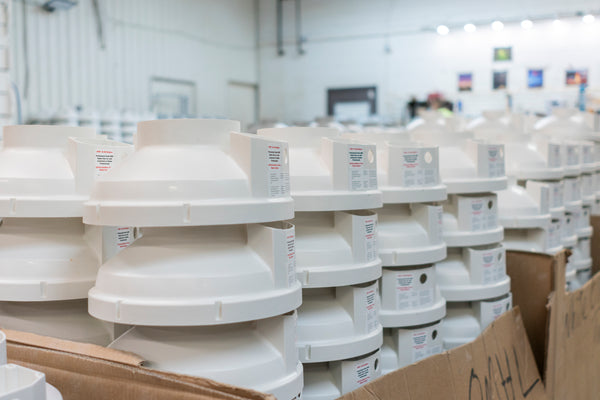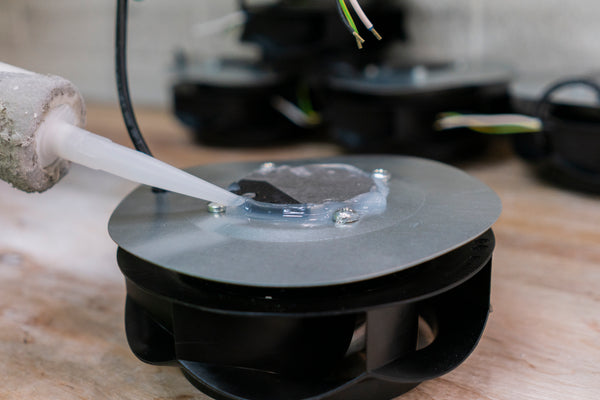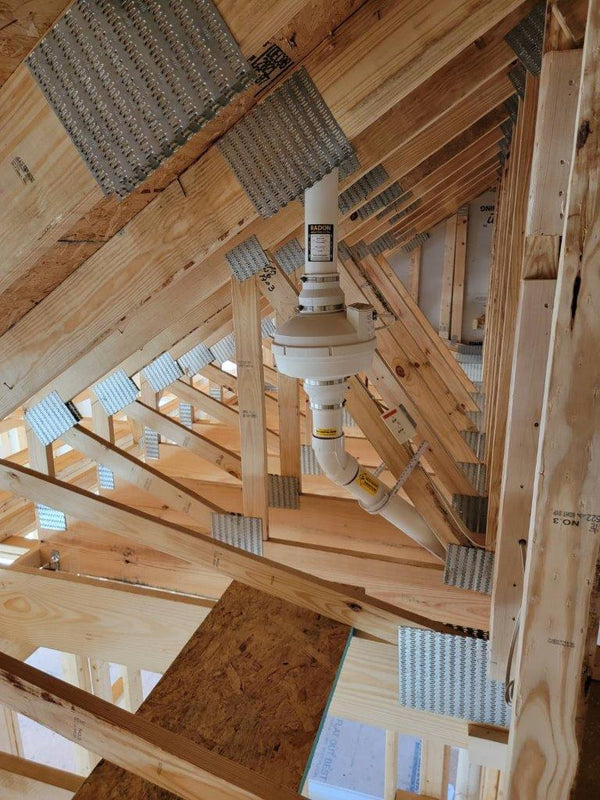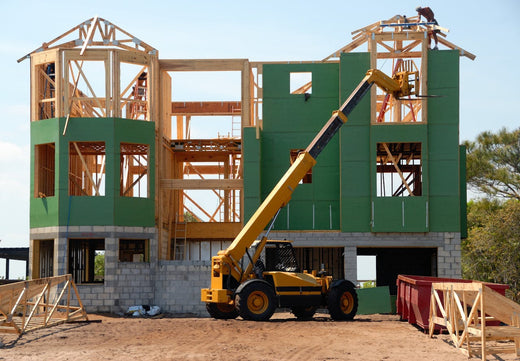
Why Newly Built Homes Are Not Immune to Radon Exposure
When moving into a newly constructed home, most people expect a haven of safety, modernity, and comfort. However, a lesser-known but critical concern lurks beneath many homes, including brand-new ones: radon exposure. While older homes have a reputation for these risks, newly built homes are not immune to radon exposure either.
Understanding Radon and Its Origins
Radon is a natural gas. It is radioactive because it's a product of a breakdown of uranium in soil, rock, and water. This gas then seeps into homes through cracks in the foundation, gaps around pipes, and other entry points. Once inside, it becomes trapped and can accumulate to dangerous levels. Since radon has no smell, taste, or immediate health symptoms, its presence often goes unnoticed until testing is conducted. As such, it is the second leading cause of lung cancer in the United States, according to the Environmental Protection Agency (EPA).
Why New Homes Are at Risk
Contrary to popular belief, new homes can be just as susceptible to radon as older homes. In some cases, they may be at even greater risk due to modern construction practices and materials. Newer homes are often built with energy efficiency in mind, incorporating airtight designs to reduce heating and cooling costs. While this is beneficial for energy conservation, it can inadvertently trap radon gas inside, preventing its escape and allowing levels to build up more quickly. Additionally, the trend toward larger basements and living spaces below ground level can increase the likelihood of radon accumulation in modern homes.
The Role of Soil and Construction Sites
The soil on which a home is built plays a significant role in radon exposure. Construction projects often disturb the natural soil layers, releasing radon trapped beneath the surface. Additionally, builders may use fill dirt or aggregate from areas with high radon concentrations, increasing the chances of exposure. Even with advanced building techniques, these issues can make it nearly impossible to predict radon levels in new homes without proper testing. For areas known to have high radon potential, this risk is magnified, making testing an essential step in ensuring safety.
 The role of soil is a big one when it comes to potential radon exposure.
The role of soil is a big one when it comes to potential radon exposure.
Modern Building Materials and Their Impact
Some building materials, such as concrete and granite, naturally emit small amounts of radon. When these materials are used extensively in new homes, they can contribute to indoor radon levels. In other words, even newly built homes are not immune to radon exposure. Though the emissions are typically low, they can compound the problem if the home already has radon entering from the ground below. This interaction between natural materials and radon ingress creates a cumulative effect, emphasizing the need for comprehensive mitigation strategies in new construction.
Common Myths About Radon and New Homes
A persistent myth is that new homes come with built-in radon protection. While many modern building codes require radon-resistant construction techniques, these measures are not foolproof. Passive systems, like vent pipes, are effective at reducing radon levels, but they may not eliminate the problem entirely. Without active testing and mitigation, homeowners cannot assume their new home is safe. Another common misconception is that radon is only a problem in specific regions, but radon can be found in varying concentrations across the entire country.
Testing Is the Only Way to Know
Testing for radon is the only reliable method to determine if your home has elevated levels of this gas. Simple and affordable radon test kits are available for purchase, or homeowners can hire certified radon professionals to conduct more thorough testing. The EPA recommends testing all homes, regardless of age or location, as radon levels can vary significantly even between neighboring properties. For homeowners moving into a new property, early testing ensures that any required mitigation can be addressed promptly.
Radon Mitigation Systems for New Homes
If testing reveals high radon levels, mitigation systems can effectively reduce the gas to safe concentrations. For newly built homes, it is often easier to install these systems during construction rather than retrofitting them later. Active mitigation systems use fans to vent radon safely out of the home, ensuring the indoor air remains safe for occupants. Builders and contractors increasingly recognize the importance of integrating radon mitigation systems into the initial design of a home, offering buyers additional peace of mind.
Protecting Your Family’s Health
The health risks associated with radon exposure are significant, particularly for nonsmokers. Long-term exposure increases the likelihood of developing lung cancer, making it essential to address radon concerns proactively. For families relocating to a new home, especially with children or vulnerable individuals, radon testing should be a top priority. While packing and coordinating the logistics of your move with Eagle Moving Group, it’s worth scheduling a radon test to ensure your new home is safe from this invisible threat. This simple step can save lives and provide a healthier living environment.

The health risks associated with radon exposure are significant.
What Homebuyers Should Look For
When purchasing a newly built home, ask the builder or real estate agent about radon-resistant construction features. Request information on whether the home has been tested for radon and if a mitigation system is already in place. These steps can save time and stress, ensuring peace of mind for you and your family. If radon testing has not been conducted, it’s a good idea to arrange this yourself before finalizing the purchase.
The Importance of Regular Testing
Radon levels can fluctuate over time due to changes in the environment, such as shifting soil or seasonal variations. Even if your new home tests safe initially, regular testing every few years is essential. This ongoing vigilance will help you detect and address any issues before they pose a significant health risk. Homeowners should also consider testing after major renovations or landscaping changes, as these can alter the pathways through which radon enters a home.
Getting Rid of the Radon Exposure
As you can see, not even newly built homes are not immune to radon exposure. Factors like airtight construction, disturbed soil, and the use of certain building materials contribute to the risk. Homeowners must prioritize radon testing and, if necessary, install mitigation systems to protect their families from this silent danger. Moving into a new home should be an exciting and joyful experience, but ensuring it is free from radon is crucial for long-term health and well-being. By taking proactive measures and staying informed, you can enjoy your new space with confidence and peace of mind.

